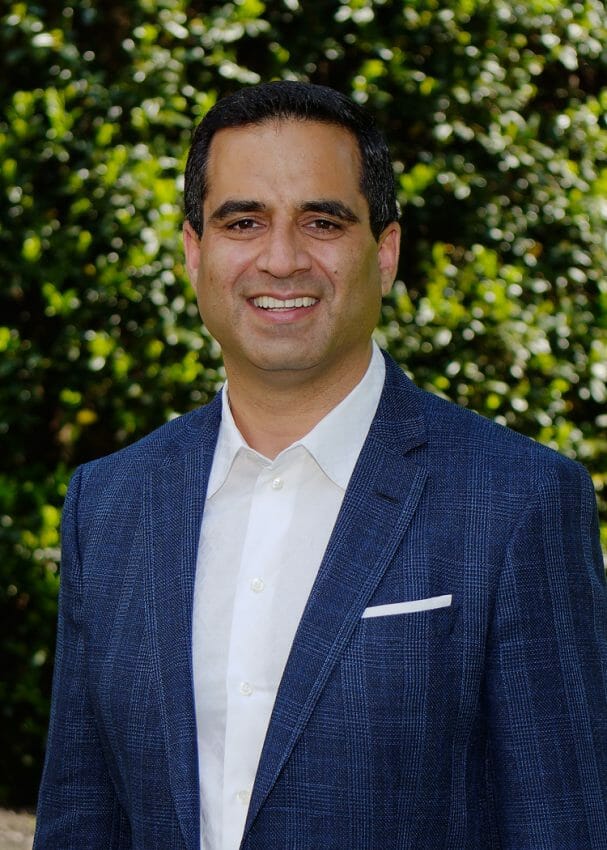By: Ashish Kachru, CEO, DataLink
As a growing number of providers shift toward value-based payment models, they are adopting. Hierarchical Condition Category (HCC) coding — a risk-adjustment model originally designed to estimate future health care costs for patients.
Along with demographic factors, insurance companies also use HCC coding to assign patients a risk adjustment factor (RAF) score and predict costs based on algorithms. HCC coding assesses actual rates and predicted rates to confirm the quality of care provided, including care planning and coordination. It is also used to set capitation payments to managed care plans and in combination with fee-for-service to compensate accountable care organizations (ACOs) and Medicare Shared Savings Programs (MSSPs).
HCC code recapture refers to updating a patient’s HCC codes during the current calendar year, based on the knowledge of what was captured/submitted to a payer in the previous calendar year. Only after a full year of accumulating medical expenses can accurate HCC predictions for future healthcare utilization be made, making the correct assignment of HCCs critically important for Medicare Advantage (MA) plan providers. For example, if a patient receives a diagnosis of diabetes in 2021, the provider must be able to recapture that HCC for risk adjustment, which is coded every year.
Below is a real-world example of a solution that enabled one provider group to capture more accurate HCC codes, higher RAF scores and, subsequently, higher reimbursement rates.
Real Case Study
A large network provider group representing nearly 300 provider practices, 800 clinicians with 300,000 patients needed a technology platform that would enable participating provider practices to capture data for health assessments, accurately document medical conditions and overcome challenges related to HCC information. The group’s health assessments did not accurately align to the conditions of the patients. Because these patients were not properly diagnosed, the HCC recapture rate was lower than historical performance.
Because the provider group’s practices were unable to access this level of detail, the group wanted to give them a way to increase their chances of recapturing HCCs. The network provider group also wanted to help providers optimize subjective, objective, assessment and plan (SOAP) information and provide a telehealth option to capture health reimbursement arrangement (HRA) information during virtual visits.
Optimal Data Capture and Management
The network provider group chose a technology platform with a solution module designed to capture and manage patient data for health assessments by allowing practices to accurately document medical conditions as part of the medical record — a comprehensive payer-agnostic value-based care enablement solution that proactively closes care gaps to ensure a complete health status that facilitates an optimal care plan and improves health outcomes.
The module guided providers through the documentation and all components within the value-based care enablement solution application. The module assisted in conducting health assessments on a yearly basis and was a helpful tool that reduced the number of clicks for the provider by auto-populating the SOAP note with the patient health data to record the entirety of a patient’s medical condition.
The module provided a quick and responsive evaluation of patients at the time of the visit. It was effectively an online form allowing the provider to quickly review information, such as patient vitals and diagnose problems—all from the same screen.
The module’s telehealth module enabled providers to enhance the patient experience by eliminating barriers related to access to care. Practices could schedule telehealth visits, conduct compliant remote patient appointments and document the patient’s health within the module.
The module was used at the point of care to document chronic conditions, close gaps and track wellness goals. The network provider group viewed this module as an exceptional alternative that could be used with or without an EHR, eliminating documentation duplication in multiple platforms.
Outstanding Results
The module helped the network provider group’s practices increase their chances of recapturing HCCs, greatly improving their ability to manage patients and ensure proper coding.
It also helped the practices improve the quality and care of their patients by:
- Identifying and proactively closing gaps in care
- Revalidating HCC data not originally captured from the patient’s medical record
- Creating transparency in managing utilization for practices
The module generated ROIs of 7:1 coming from increased recapture and chronic HCC recapture and quality gap closure with the average across their markets being around 5:1. The group achieved an 80+% recapture rate and over 90% chronic HCC recapture rate.
They also saw an increase in clinical adoption and clinical care. Based on the success that module generated, the network provider group expects to leverage this with nearly half of its patients.
Editor’s Note: Ashish Kachru is the Chief Executive Officer of DataLink Software (DataLink), a leading solutions provider that delivers interoperability, reduced costs, improved quality scores and risk adjustment accuracy. Mr. Kachru is leading the company’s executive team and spearhead its business strategy and strategic growth.
Ashish has over 20 years of operational and executive leadership experience in healthcare technology, most recently serving as Co-founder and Chief Executive Officer of Altruista Health, which focuses on clinical analytics and care-coordination solutions to manage population health outcomes at scale.
Prior to co-founding Altruista Health, Ashish served as the National Director for United Health Groups Business Risk Management (BRM) division. He also earned his Master of Business Administration from The University of Chicago, Booth School of Business. Ashish lives with his wife and two kids in Northern Virginia.
